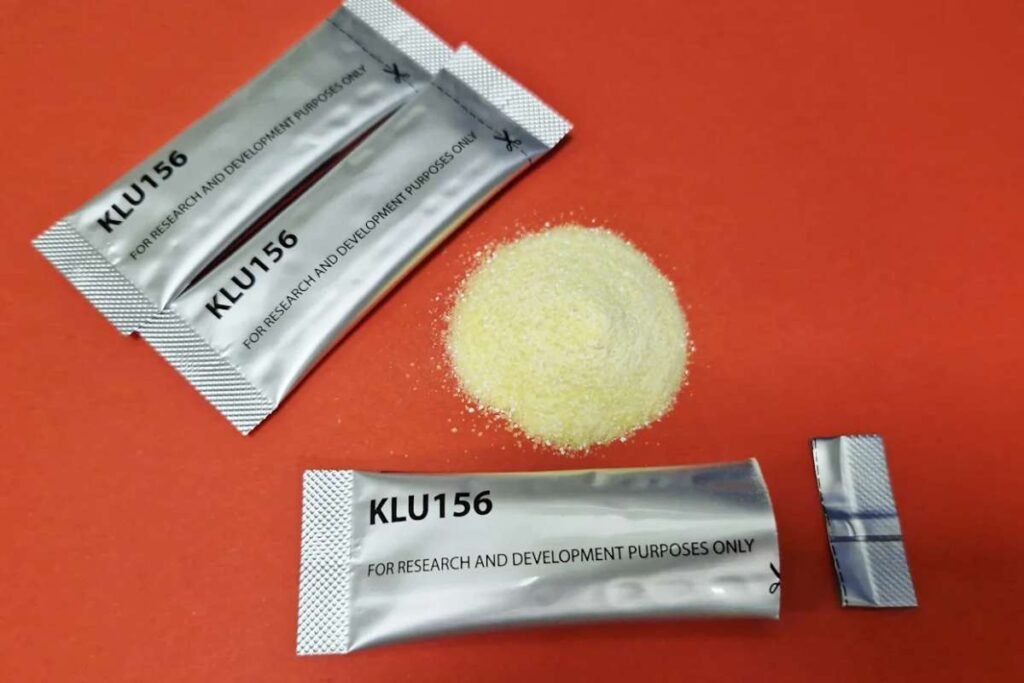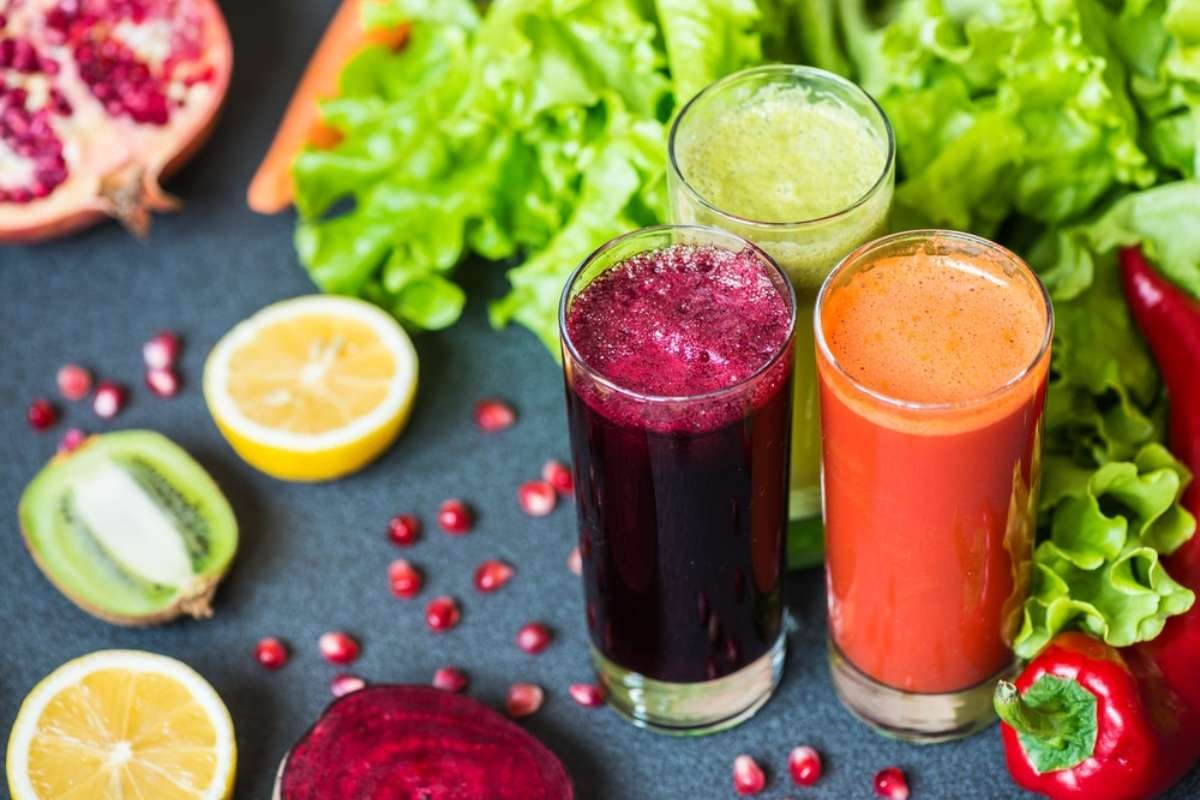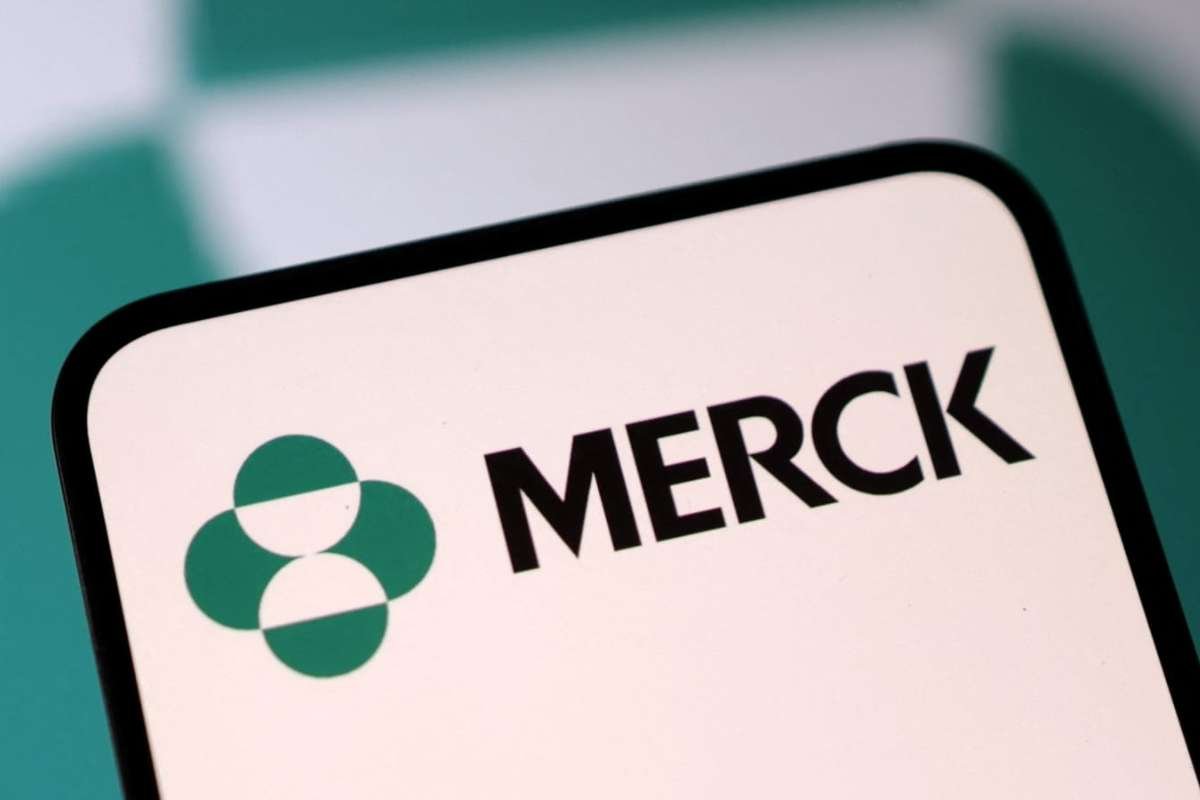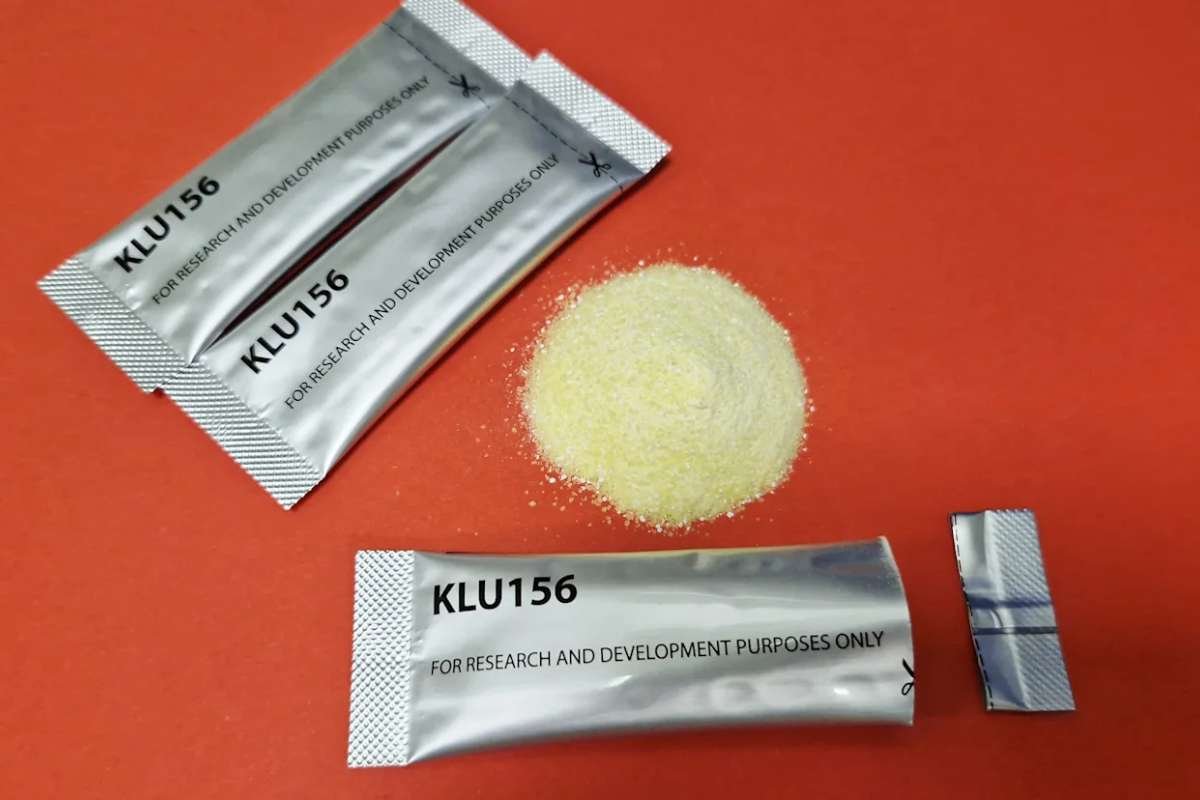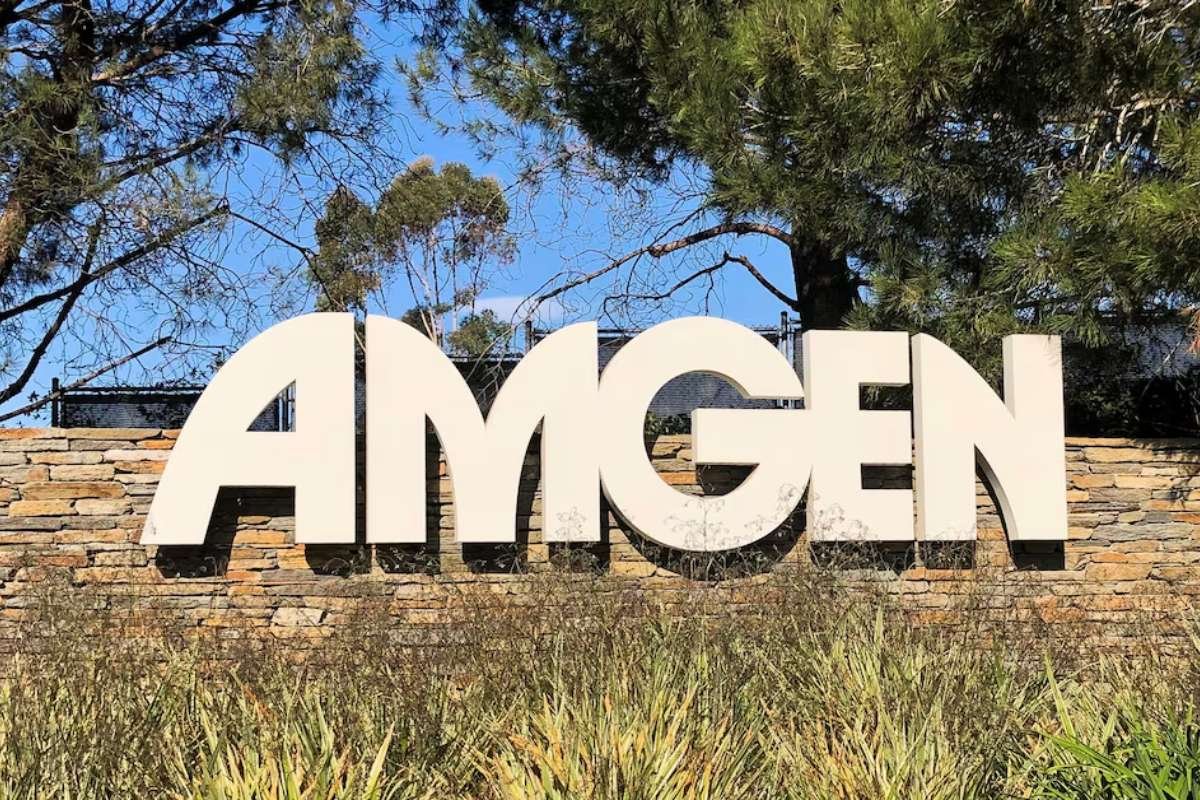Two new malaria drug treatments have shown significant promise in tackling the disease as drug resistance grows, according to research presented Wednesday at the American Society of Tropical Medicine and Hygiene conference in Toronto.
Switzerland-based Novartis announced encouraging results from clinical trials of its experimental new malaria drug, GanLum, tested in 12 African countries. The treatment demonstrated high efficacy against both regular and drug-resistant malaria parasites, showing a cure rate exceeding 97%.
GanLum combines a new compound, ganaplacide, with an existing long-acting drug, lumefantrine. Researchers found that the new formulation was slightly more effective than current artemisinin-based therapies, which have been the standard treatment for nearly two decades.
The new malaria drug has not yet received regulatory approval and is estimated to be at least a year from availability. Novartis officials said the treatment caused side effects similar to existing therapies, including fever and anemia, with slightly higher rates of vomiting, which may be linked to its taste. The company is exploring ways to improve its palatability before rollout.
Dr. David Sullivan, a malaria expert at Johns Hopkins University, said the development comes at a critical time. “The parasite’s resistance to existing drugs is a growing concern. The ice is thinning it hasn’t given way, but we’re worried,” he said.
Single-dose combination shows strong efficacy
In a separate study, researchers led by Dr. Ghyslain Mombo-Ngoma in Gabon tested a single-dose combination of four widely available new malaria drugs. The trial, conducted between May 2024 and October 2025, included more than 1,000 patients half of them children under 10 who were diagnosed with malaria but not in critical condition.
Participants received either the one-time four-drug combination or a standard three-day artemisinin-based course. After 28 days, blood tests showed 93% of patients who took the single-dose treatment were parasite-free, compared with 90% of those on the standard regimen.
The new approach aims to solve a persistent problem: many malaria patients stop taking medication after symptoms improve, leading to incomplete treatment and increased drug resistance. A single-dose cure could reduce that risk and simplify treatment, particularly in remote regions.
Mombo-Ngoma said discussions are underway with a pharmaceutical company to develop an easy-to-take capsule or packet form of the therapy. However, Sullivan cautioned that resistance already exists to some of the drugs in the combination, describing it as “a short-term fix.”
Rising resistance and funding challenges
Malaria remains one of the world’s deadliest diseases, primarily affecting children in sub-Saharan Africa. It is caused by a parasite transmitted through mosquito bites and can lead to fever, chills, and severe complications if untreated.
New malaria drug resistance has repeatedly undermined malaria control efforts. At the start of the century, resistance to chloroquine caused global deaths to exceed 1.8 million annually. Artemisinin-based treatments later helped reduce deaths dramatically, but partial resistance has since emerged, causing progress to stall in some regions.
Dr. Andrea Bosman of the World Health Organization (WHO) said the two new treatment strategies represent important steps forward. “These developments, along with mosquito net programs and malaria vaccines, strengthen our ability to fight malaria,” he said.
However, Bosman warned that declining international funding particularly from the United States and other key donors could slow research and limit access to new therapies. “The eyes on the problem are going to be blinded as aid to malaria-stricken countries declines,” he said.
Novartis, working with the Medicines for Malaria Venture, expects to seek regulatory approval for GanLum within months. George Jagoe, a senior executive with the organization, said he hopes the drug will reach patients within 18 months.
With new malaria drug resistance spreading and global funding tightening, researchers say the race to develop and distribute next-generation treatments is more urgent than ever.

